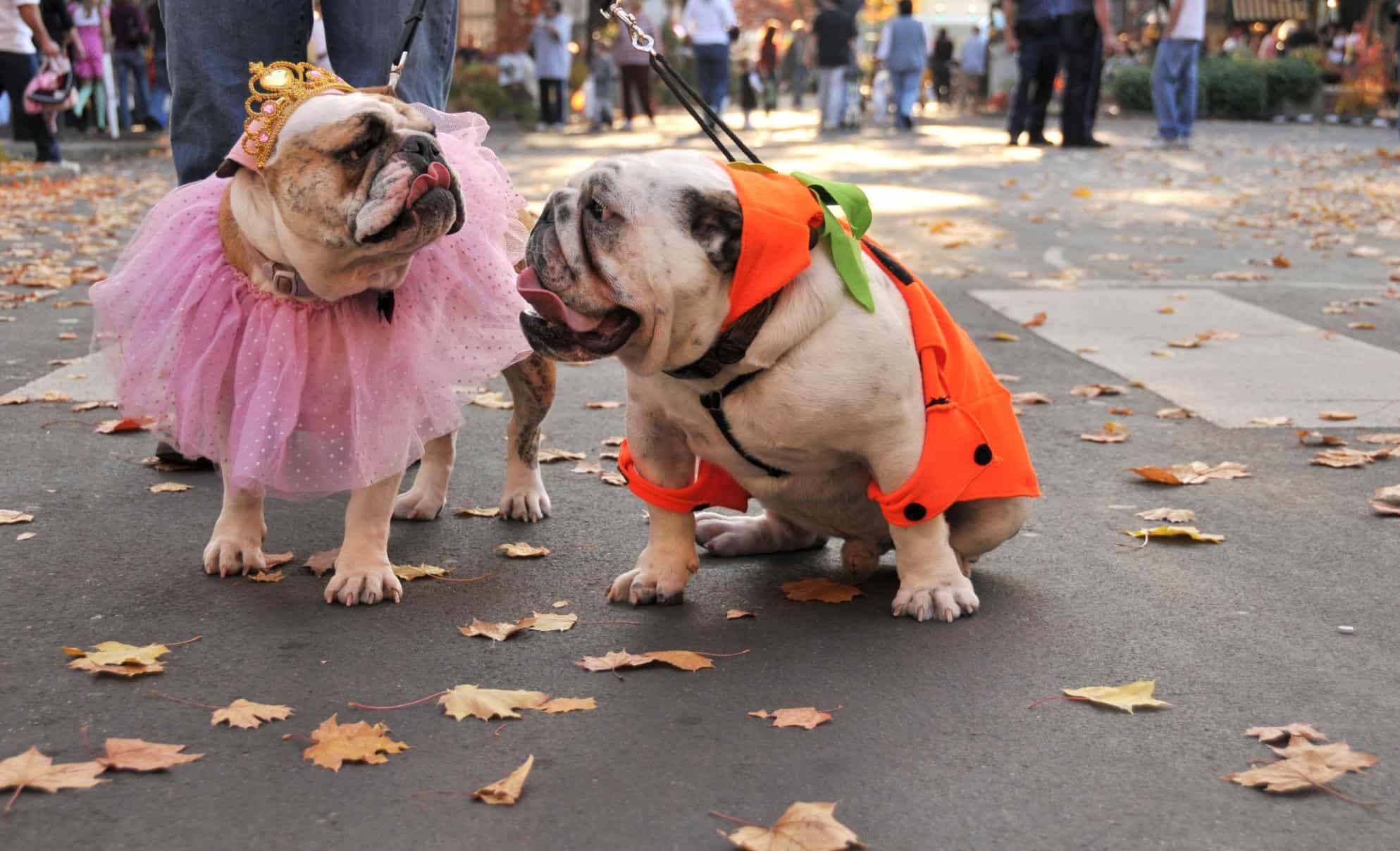Halloween Pet Safety Tips

The air is crisp, the leaves are turning, and the front porches are officially covered in grinning jack-o’-lanterns! 🎃 October is here, and with it, the magic of Halloween.
From the thrill of costumes to the fun of trick-or-treating, there is so much to love about this spooky season. But while the frights are just make-believe for us, for our beloved pets, the holiday chaos can be genuinely confusing, loud, and full of hidden dangers.
The good news? Keeping your pets safe doesn’t require any magic—just a little bit of planning! Our compassionate team at Lincoln Hills Veterinary Hospital is here to make sure your Halloween is full of treats, not tricks, for everyone.
We’ve compiled essential Halloween safety tips to help you navigate the busy night and ensure your dog or cat stays happy, healthy, and stress-free when the ghouls and goblins come out to play.
Keep scrolling for our top safety advice! 👇
Tips for Halloween Pet Safety
1. Don’t Share Candy with Your Pets—Intentionally or Unintentionally
Halloween comes with big bowls of chocolate, lollipops, candy, and other sweets scattered around the house. While these are lots of fun for humans—kids especially—they’re one of the biggest Halloween risks for pets.
Chocolate can cause vomiting, a rapid heart rate, and even seizures in dogs. Sugar-free gums and candies may contain xylitol, a substance that’s highly toxic for animals.
Candy wrappers and lollipop sticks can even pose a choking risk for your pet. The best plan is to store all candy far out of your pet’s reach.
If you plan to have guests over, remind them not to share any treats with your curious critters!
2. Choose Safe Halloween Costumes for Pets
One of the highlights of Halloween is seeing dogs, cats, and even pocket pets dressed up in adorable costumes. But the number one concern here is your pet’s comfort and safety. Before you buy a pumpkin sweater or pirate hat, think about whether your pet will actually enjoy wearing it.
Costumes should never restrict your pet’s breathing, sight, or ability to move. Also, you should avoid any outfits with strings, small buttons, or sequins that your pet could chew off and swallow. These could cause an intestinal issue for your precious pal.
As to whether or not your pet is comfortable with a costume, you know your pet best. If they look stiff, anxious, and/or uncomfortable, it’s time to ditch the Halloween costume.
Go with a cute, themed collar or bandana instead!
3. Don’t Forget the Pet ID
Halloween is an incredibly busy night as far as lost pets are concerned. Between all the open doors during trick-or-treating and parties packed with jubilant guests, even the calmest animal can bolt into the night.
This is why it’s essential to make sure your pet has two key things:
- A visible pet ID tag
- An up-to-date microchip
These tools can help ensure your pet’s safe return to you if all your pet-escape-prevention efforts fail in the face of this spooky holiday.
4. Create a Safe Space
Halloween is full of wonderful spooks and excitement, but for pets, the constant doorbell ringing, strange costumes, and loud noises can be truly terrifying. Choose a room that is: away from the front door and main areas of activity, like a spare bedroom, laundry room, or den.
Have a Happy and Safe Halloween!
If you need to get your pet microchipped or are concerned about anything your pawsome pal ingests during the season, our caring team at Lincoln Hills Veterinary Hospital can help.
Call us at (916) 436-0006 to schedule an appointment.
